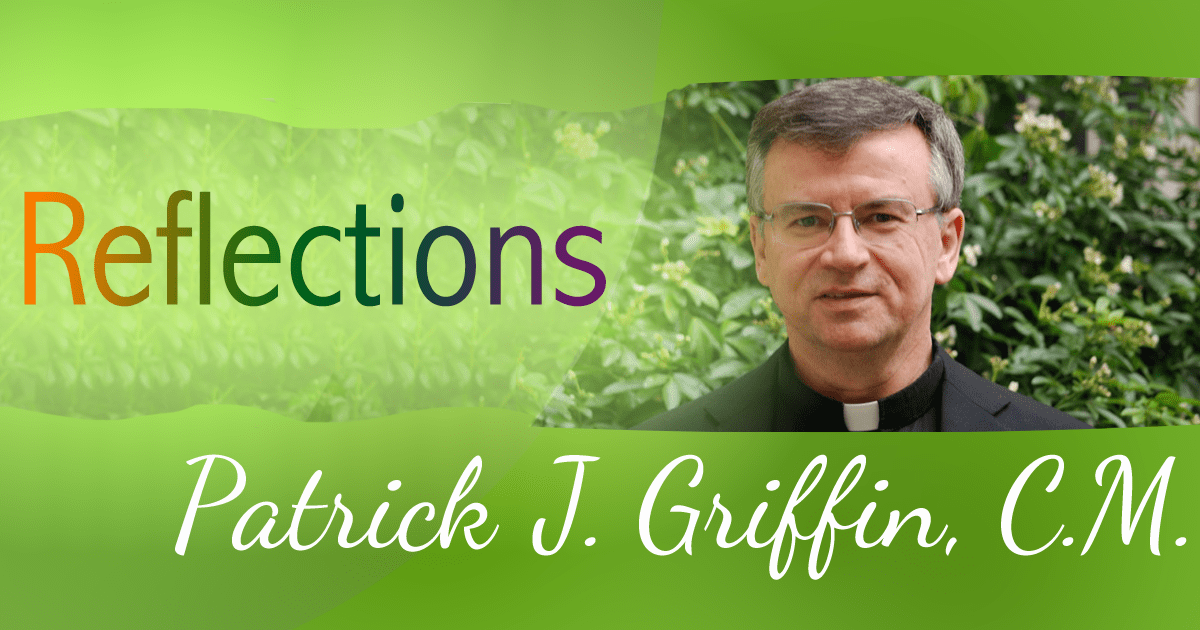The Feast of the Holy Family (December 27, 2020) tends to direct my attention inward. The image of Mary and Joseph with the infant Jesus sets the foundation for all that will follow. My attention willingly gets drawn towards the love of the family and the way in which they will support and care for one another. I find that it encourages me to think of my own holy family and to consider how blessed I am because of them. It also invites me to widen my circle to recognize the larger community that acts as family in my life. For me, that would be the Vincentian Family and so many members of that family. My Christian focus turns inward on this Feast.
The Feast of the Epiphany (January 3, 2021) points my gaze in the other direction—I turn outward. Around the Holy Family gather the Magi, these strangers from afar who want to see and reverence the newborn child. They do not share a language, homeland or bloodline with Mary, Joseph and Jesus, but they, too, want to witness this special birth. These others from outside direct my attention to the wider world and the ministry to which I/we are called. We offer no limits regarding those whom we serve and regarding those with whom we collaborate in the mission. The Christian vision turns outward on the Epiphany.
When I have taught the Infancy Narratives in the Synoptic Gospels—in this case, only Matthew and Luke—I have played with the thinking of my hearers. As a challenge, I invite people to tell me the infancy story as it happens in Luke’s Gospel or in Matthew’s Gospel, but not to infuse the elements from one into the other. (We will not get into the stuff that happens in neither canonical story.) Can you do it? I tease the effort by reminding people that Matthew’s Gospel carries the distinctive title of “the Jewish Gospel.” Converts from Judaism tell the story of Jesus in the Matthean community, and (naturally) this heritage influences how they describe the happenings and what receives emphasis. Luke, on the other hand, tells the tale for an essentially Gentile (non-Jewish) community. This distinction between the Gospels allows me to prompt people through the stories by questions regarding the events and whether they seem more Jewish or Gentile. Hmmmm.
Okay. Then we get to the stories of the shepherds and the Magi that are told during the feasts mentioned above. Now, both do not happen in the same Gospel. I remind people that the shepherds are Jews and the Magi are Gentiles. Okay, place your bets, which happens in which Gospel?
If you placed the Jewish shepherds with Matthew and the Gentile Magi with Luke, you “guessed” wrong for both accounts. Matthew has the Magi and Luke has the shepherds. But, why? I offer this explanation. Matthew emphasizes the Jewish heritage of Jesus and makes his message more understandable for this community. Yet, this Gospel must offer meaning for the whole world, and so he brings the Gentile Magi as witnesses from the beginning. The Jesus of Luke addresses a broader community and he expresses himself with images that open into this bigger world. Yet, the fact that Jesus emerged from a Jewish heritage that sets the context for his message requires a firm affirmation. Thus, Luke brings the Jewish shepherds to the crib.
My friends, the whole story during this holy season invites us to strengthen our faith within our closest community and to express it in the widest world. The wonderful lessons of the Gospels give encouragement and insight.








You got me thinking — and inspired! Thanks
I have read both Matthew and Luke’s infancy narratives but had to go back and check them out. We tend to put narratives together.
Alice